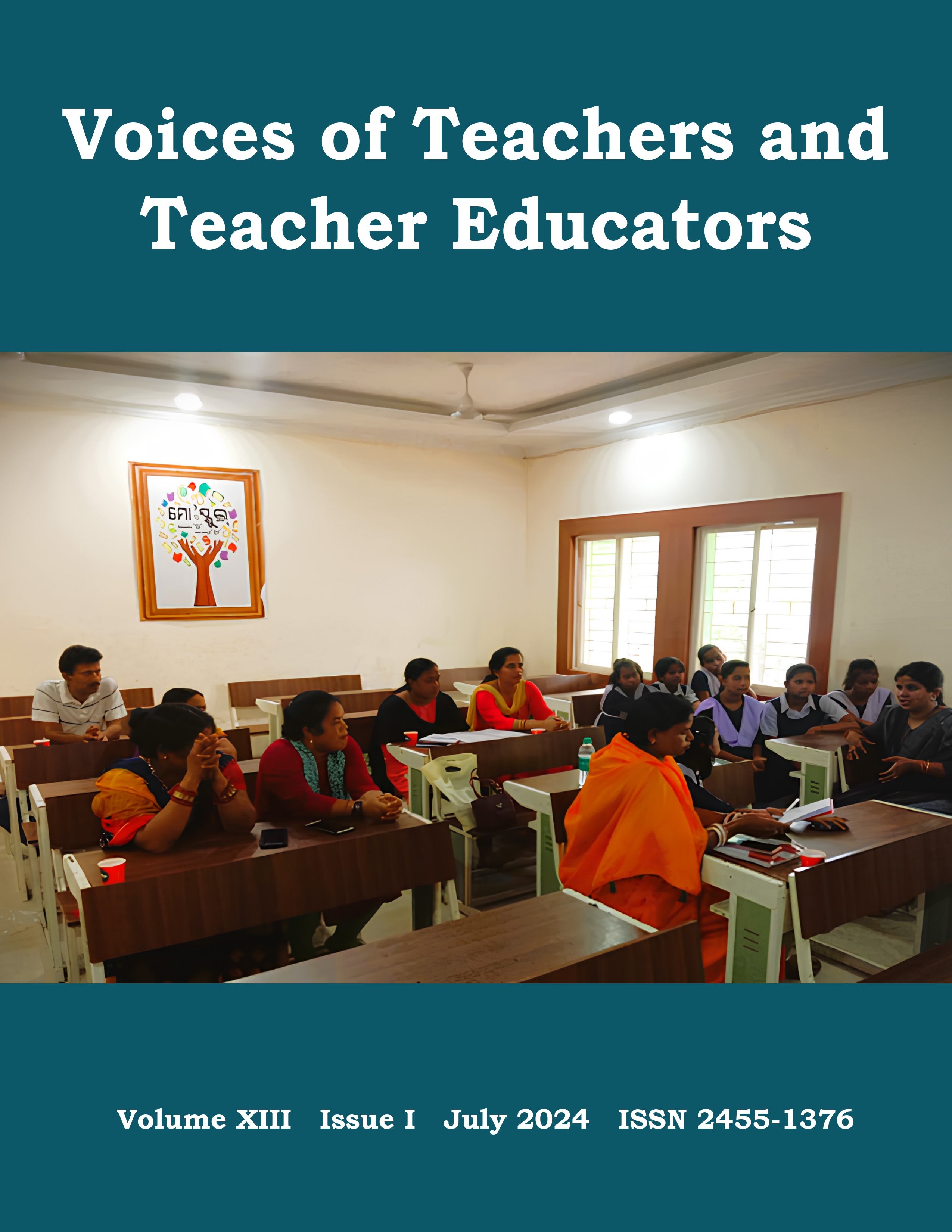A Comparative Study on Effectiveness of ProblemSolving Method, Vedic Mathematics and CRA Approach on Solvinng Mathematical Problems at the Primary Level
Published 2024-07-31
Keywords
- Mathematics Education,
- Problem Solving,
- CRA Approach,
- Vedic Mathematics,
- Teachers Training
How to Cite
Abstract
This research aimed to determine the effectiveness of three methods—Problem-Solving, Vedic Mathematics, and the Concrete-Representational-Abstract (CRA) Approach—in improving the mathematical problem-solving abilities of primary-level students in India, aligned with the National Education Policy, 2020. Students in Grade III were assigned to one of three groups (Group A: Problem-Solving, Group B: Vedic Mathematics, Group C: CRA Approach) and received a week-long teaching intervention. The study included 60 students who were similar in their pre-test performance but diverse in terms of gender, social category, and parental background. Results showed that all three teaching approaches had a significant impact on post-test scores, but the CRA Approach demonstrated superior effectiveness (Mean=16.40), compared to Problem-Solving (Mean=12.47) and Vedic Mathematics (Mean = 11.80). Based on stakeholders’ feedback, the CRA Approach displayed exceptional strengths in promoting joyful learning (2.95), fostering deep understanding (2.90), and facilitating real-life application (2.25). These findings make a strong case for the integration of the CRA Approach into elementary mathematics education and for further refinement of current teaching methods. Additionally, future research should explore the long-term effects of the CRA Approach, expand sample sizes, investigate teacher training methods, and explore interdisciplinary connections. Notably, this study emphasizes the significant impact of teaching practices on mathematics proficiency and offers valuable insights for educators, policymakers, and curriculum developers. Ultimately, it presents valuable avenues for future research and advancement in the field of mathematics education.

